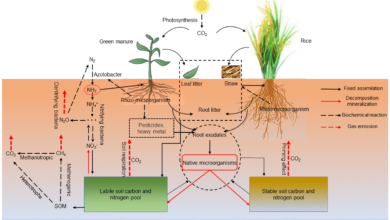What is the Initial Driver’S License Classification for Applicants of New License: Unveiling the Different Classes
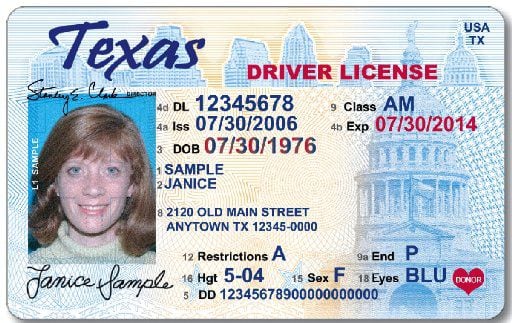
The initial driver’s license classification for applicants of a new license is the student permit. It is the first step in obtaining a driver’s license in many areas, allowing individuals to start learning to drive legally.
Obtaining a driver’s license involves several classifications, such as non-professional licenses and professional licenses, which determine the types of vehicles an individual is authorized to operate. Additionally, these classifications may include specific requirements and restrictions based on the type of license obtained.
Understanding the initial driver’s license classification is essential for new drivers to navigate the licensing process effectively and ensure compliance with local regulations. By obtaining the correct classification, individuals can begin their journey towards becoming safe and responsible drivers on the road.
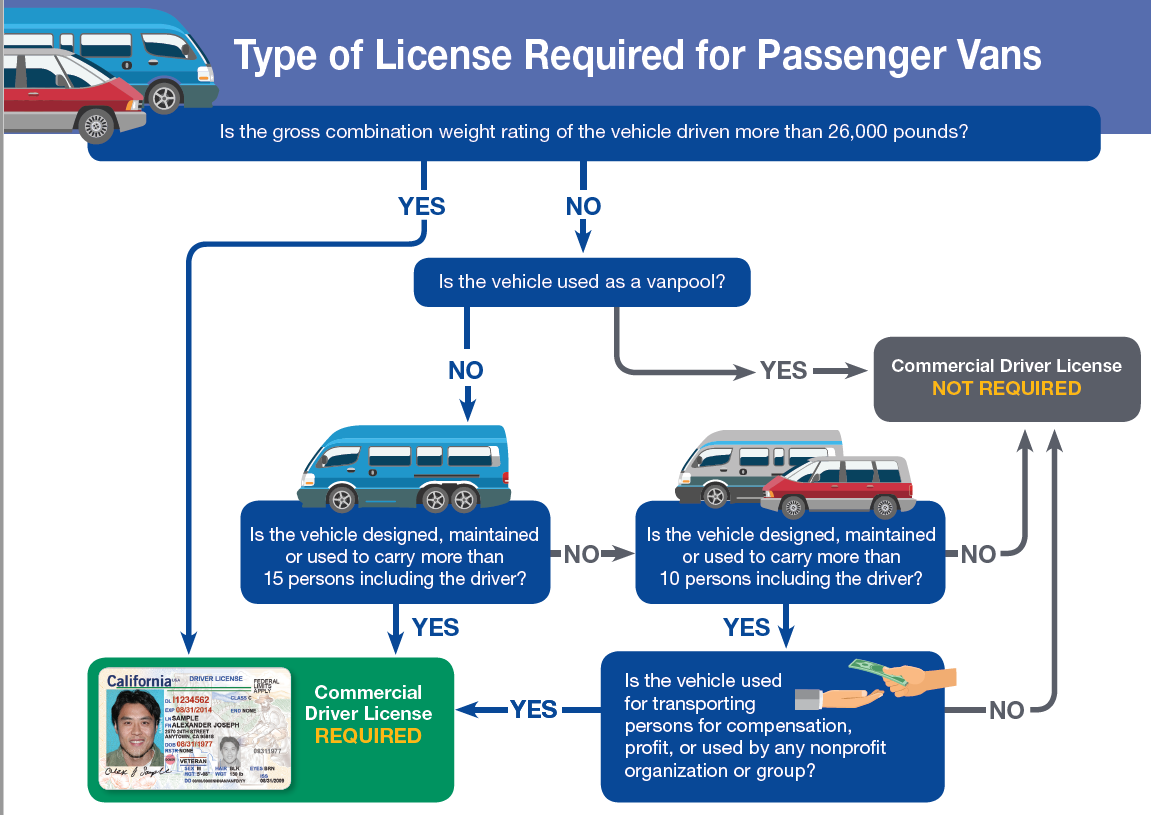
Credit: www.dmv.ca.gov
Understanding Different License Classes
The initial driver’s license classification for applicants of a new license is the student permit, which allows individuals to gain the necessary driving experience and knowledge before obtaining a full license.
Commercial Driver’s License Classes
Commercial Driver’s License Classes, like Class A, B, and C, are for drivers of large trucks and buses.
Non-commercial Driver’s License Classes
Non-Commercial Driver’s License Classes, such as D and E, are for drivers of regular vehicles. Whether you are aiming for a Commercial Driver’s License (CDL) or a Non-Commercial Driver’s License, understanding the different license classes is crucial.
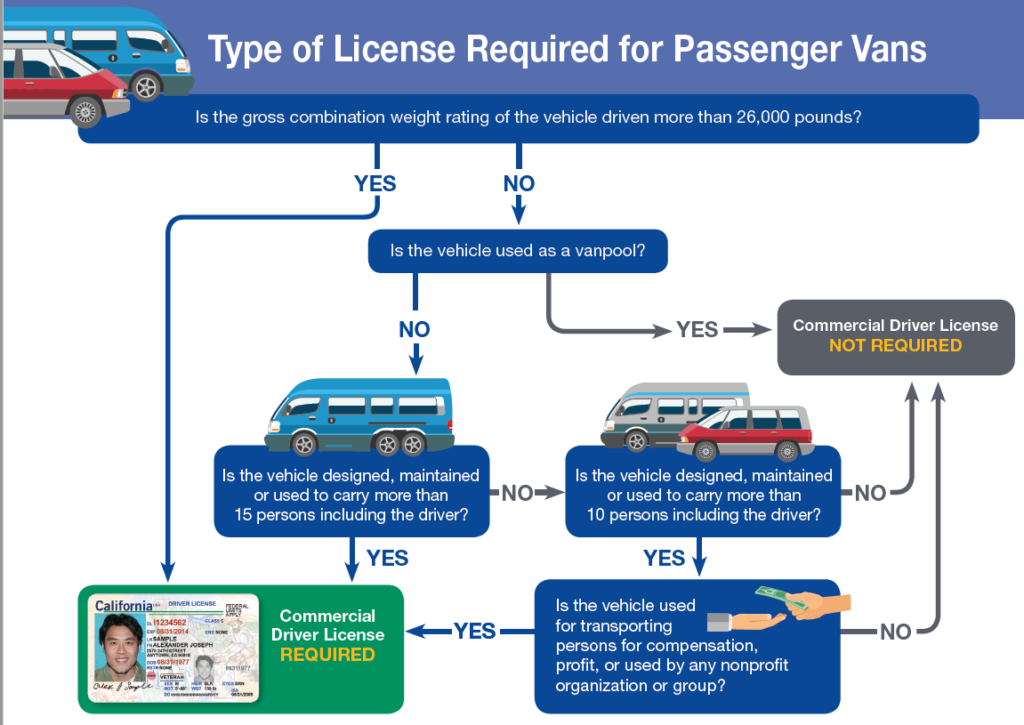
Credit: www.dmv.ca.gov
States Examples
When applying for a new driver’s license, understanding the classification system is crucial. Each state in the US has its own set of driver’s license classes that determine the type of vehicles a driver can operate. Let’s take a look at the classifications in several states to shed light on the initial driver’s license classification.
Texas Driver’s License Classes
The driver’s license classes in Texas include:
- Class C: For passenger cars and light trucks.
- Class A and Class B: For larger vehicles like buses and trucks.
- Class M: For motorcycles.
Florida Driver’s License Classes
In Florida, the classified driver licenses are categorized as:
- Class A, B, C: For commercial motor vehicles.
- Class D, E: For non-commercial vehicles.
Michigan Driver’s License Classes
The different license types in Michigan are:
- Operator’s License: Basic Michigan license.
- Chauffeur’s License.
- Commercial Driver’s License.
- Enhanced Driver’s License.
- Graduated Driver’s License.
- Moped License.
- Motorcycle Endorsement.
- Recreational Double “R” Endorsement.
Initial License Class For New Applicants
When applying for a new driver’s license, it’s essential to understand the initial license class for new applicants. Whether you are seeking a student permit or a non-professional license, each classification comes with specific requirements and privileges.
Student Permit
Before obtaining a non-professional or professional license, new applicants typically start with a student permit. This permit allows individuals to practice driving under the supervision of a licensed driver. It serves as a crucial step towards gaining necessary experience and knowledge of road rules and safety.
Non-professional License
Upon successfully completing the requirements for a student permit, individuals can proceed to acquire a non-professional license. This license class is suitable for private vehicle use and requires passing both written and practical driving tests. It grants the privilege of driving non-commercial vehicles within the specified weight limit.
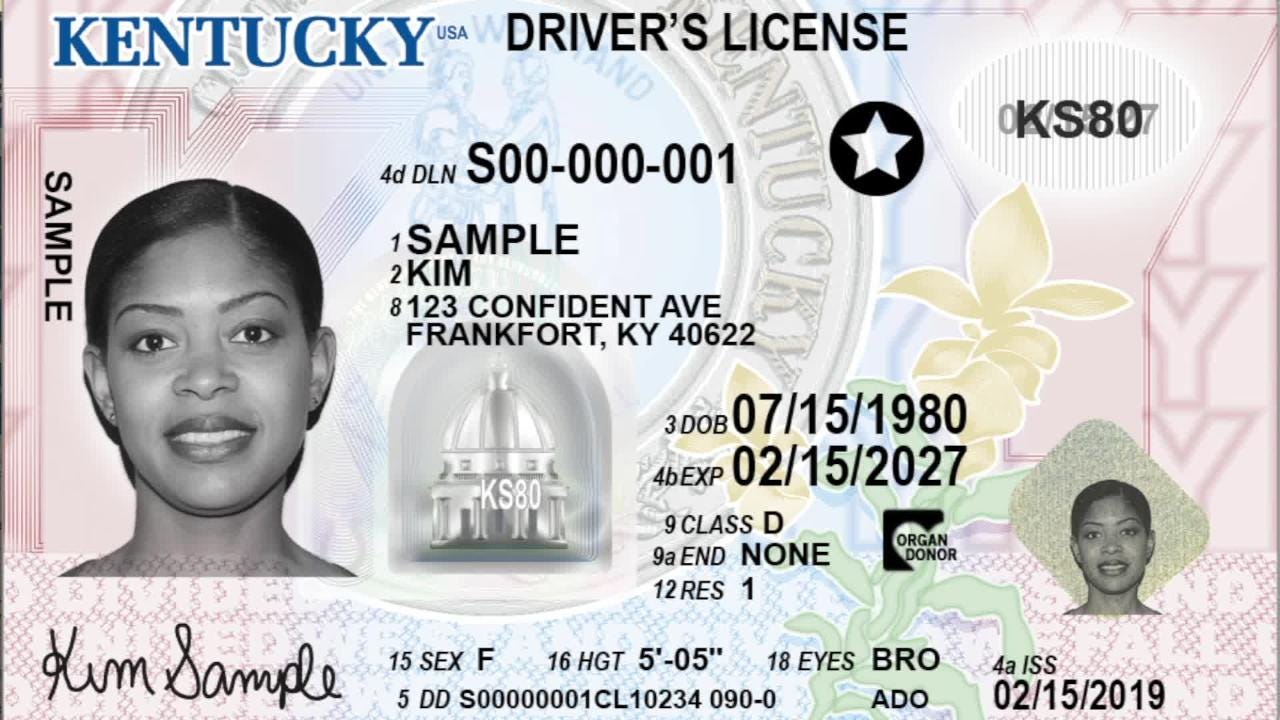
Credit: www.courier-journal.com
Applying For Different License Classifications
When applying for a new driver’s license, the initial classification for applicants is typically the student permit. This allows individuals to begin their journey as rookie drivers and progress to non-professional or professional licenses as they gain experience and meet the necessary requirements.
Requirements For Student Permit
To obtain a student permit, applicants must meet the following requirements:
- Be at least 17 years old
- Submit a filled-out application form
- Provide proof of identity (e.g. valid passport or birth certificate)
- Submit a medical certificate from an accredited physician
- Pay the required fees
Requirements For Non-professional License
To apply for a non-professional license, applicants must fulfill the following criteria:
- Hold a valid student permit for at least a month
- Have completed at least 8 hours of practical driving lessons
- Pass the written and practical driving exams
- Provide the necessary documents, including a duly accomplished application form, proof of identity, and medical certificate
- Pay the prescribed fees
Frequently Asked Questions On What Is The Initial Driver’s License Classification For Applicants Of New License
What Are The Classifications Of Driver’s License In Florida?
The classifications of driver’s license in Florida are Class A, B, C, D, and E. Class A, B, and C are for commercial vehicles, while D and E are for non-commercial vehicles.
What Does The First Letter Of Your Driver’s License Mean?
The first letter of a driver’s license in California is randomly assigned and doesn’t hold specific meaning.
What Are The Classes Of Drivers License In Texas?
The classes of driver’s licenses in Texas include:
– Class C: for regular passenger cars and light trucks
– Class A and B: required for larger vehicles like buses or trucks
– Class M: for motorcycles.
What Are The Different License Types In Michigan?
In Michigan, there are several types of licenses you can obtain, including: – Operator’s license: This is the basic driver’s license for regular passenger vehicles. – Chauffeur’s license: If you plan to drive a vehicle for hire, such as a taxi or limousine, you’ll need this license.
– Commercial driver’s license (CDL): If you want to drive commercial vehicles like trucks or buses, you’ll need a CDL.
– Enhanced driver’s license: This is an optional license that can be used for certain border crossings and international travel.
– Graduated driver’s license: This is a program for new drivers, with restrictions that gradually ease as they gain experience.
– Moped license: If you plan to operate a moped, you need a separate license.
– Motorcycle endorsement: If you want to legally ride a motorcycle, you’ll need to add this endorsement to your regular driver’s license.
– Recreational double “R” endorsement: This endorsement allows you to operate certain recreational vehicles.
Conclusion
Understanding the initial driver’s license classification is crucial for new applicants. Knowing the difference between the various classes of licenses can help individuals make informed decisions and ensure they obtain the appropriate license for their needs. By clarifying these distinctions, applicants can navigate the licensing process more effectively, setting them up for successful and compliant driving experiences.

